
How to Use 5V, 5.5A Step-Down Voltage Regulator D36V50F5: Examples, Pinouts, and Specs
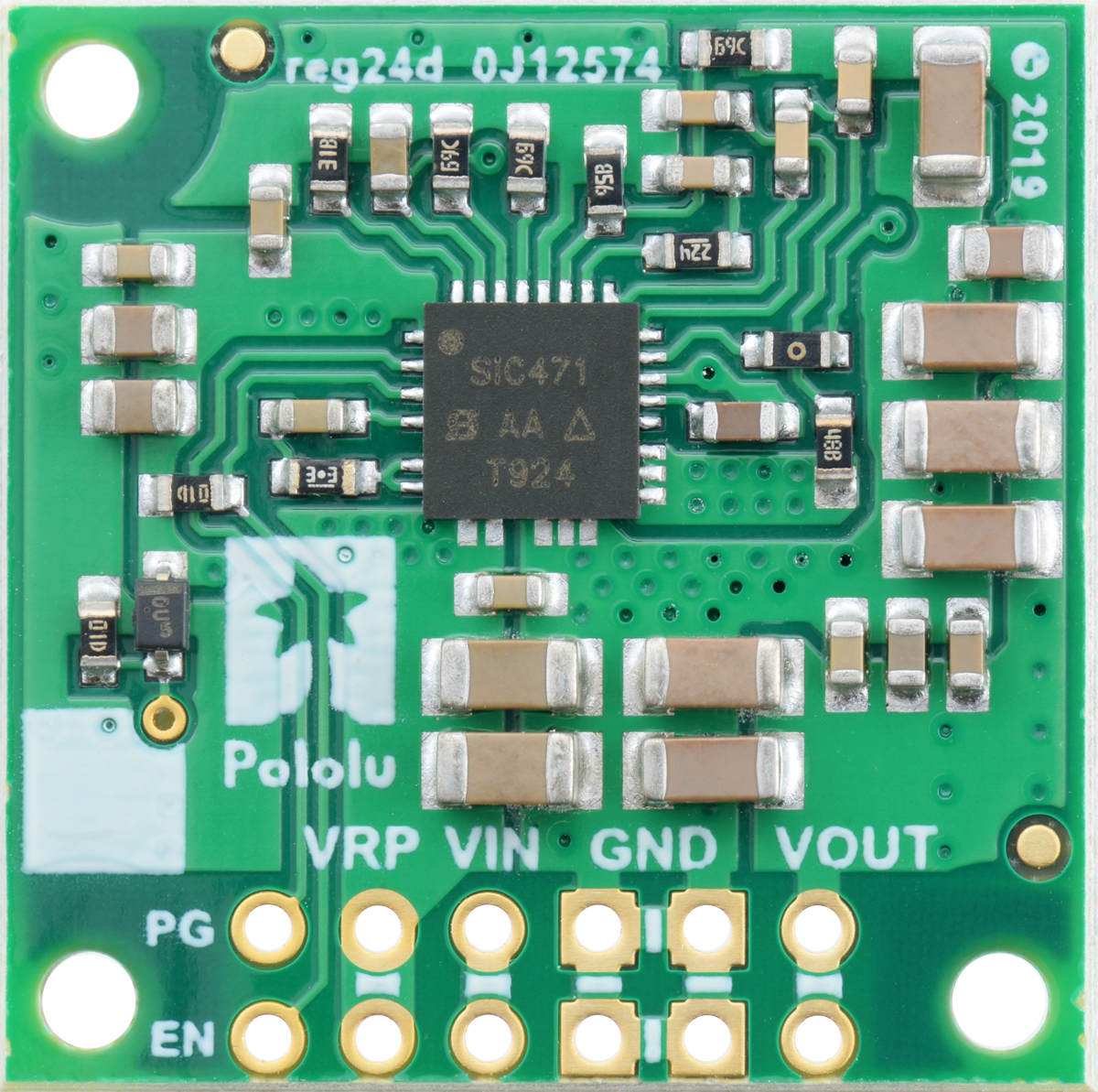
 Design with 5V, 5.5A Step-Down Voltage Regulator D36V50F5 in Cirkit Designer
Design with 5V, 5.5A Step-Down Voltage Regulator D36V50F5 in Cirkit DesignerIntroduction
The 5V, 5.5A Step-Down Voltage Regulator D36V50F5 by Pololu is a high-efficiency, switch-mode buck regulator that converts an input voltage of up to 50V down to 5V with a maximum output current of 5.5A. This component is ideal for powering 5V electronics from a higher voltage source and is commonly used in robotics, automotive applications, and portable power devices.
Explore Projects Built with 5V, 5.5A Step-Down Voltage Regulator D36V50F5
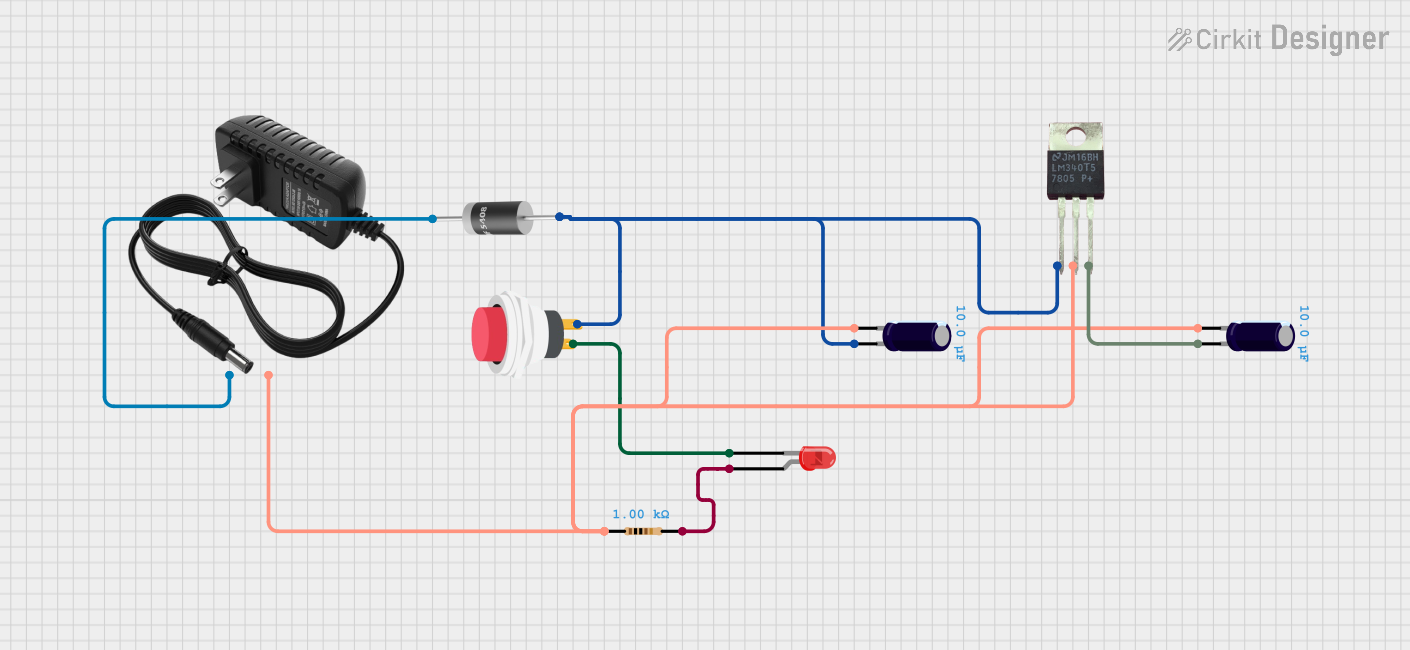
 Open Project in Cirkit Designer
Open Project in Cirkit Designer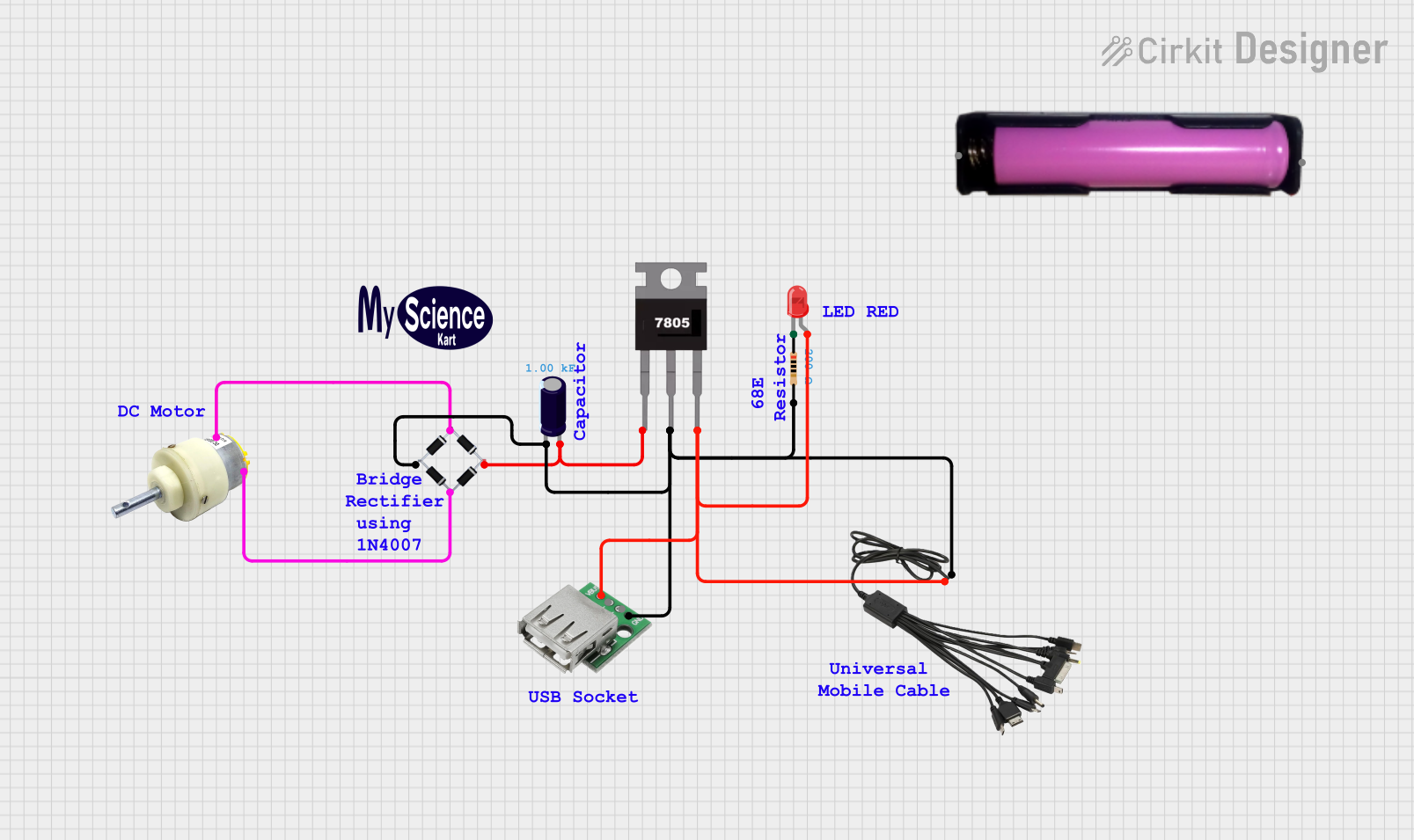
 Open Project in Cirkit Designer
Open Project in Cirkit Designer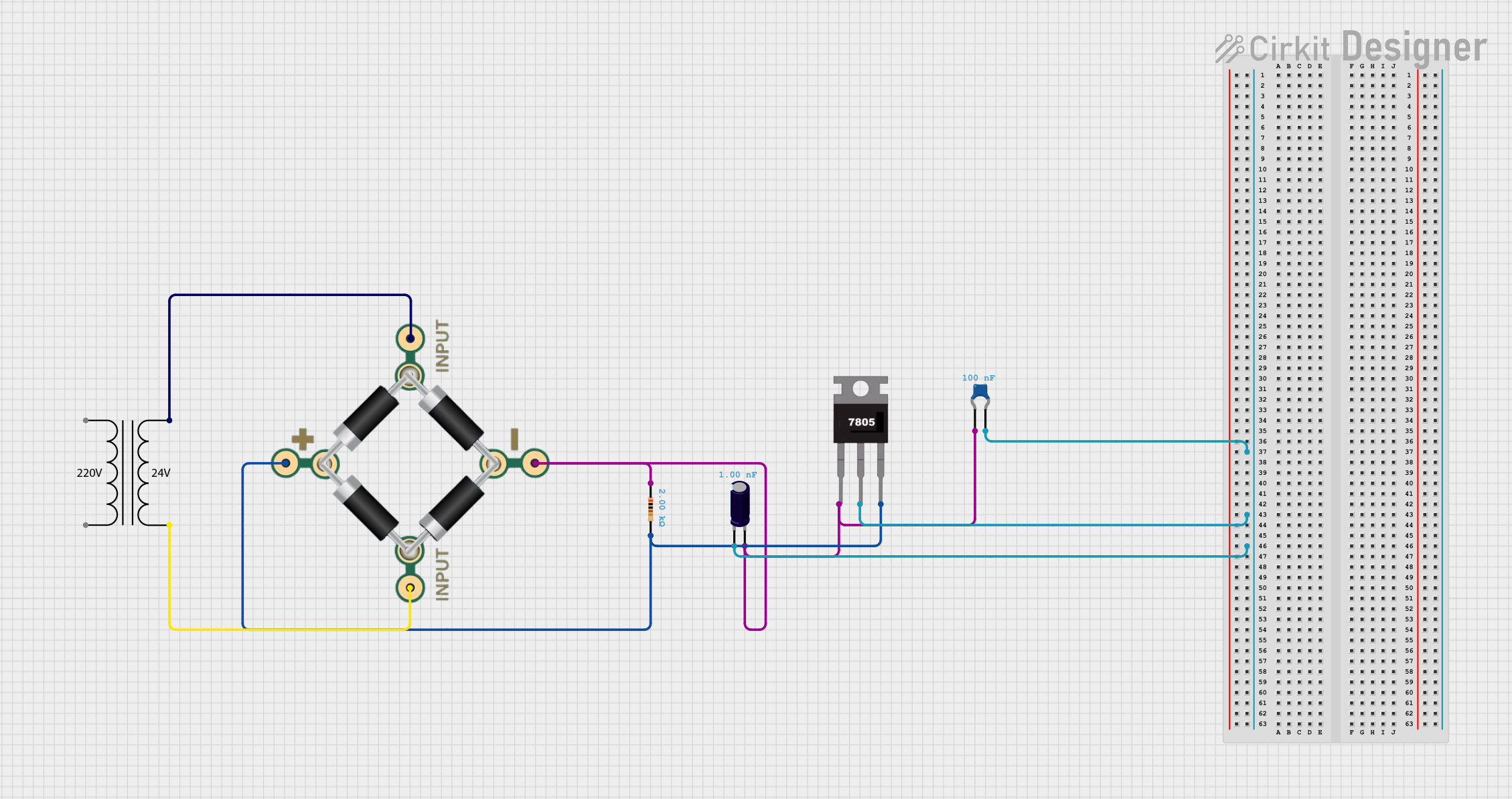
 Open Project in Cirkit Designer
Open Project in Cirkit Designer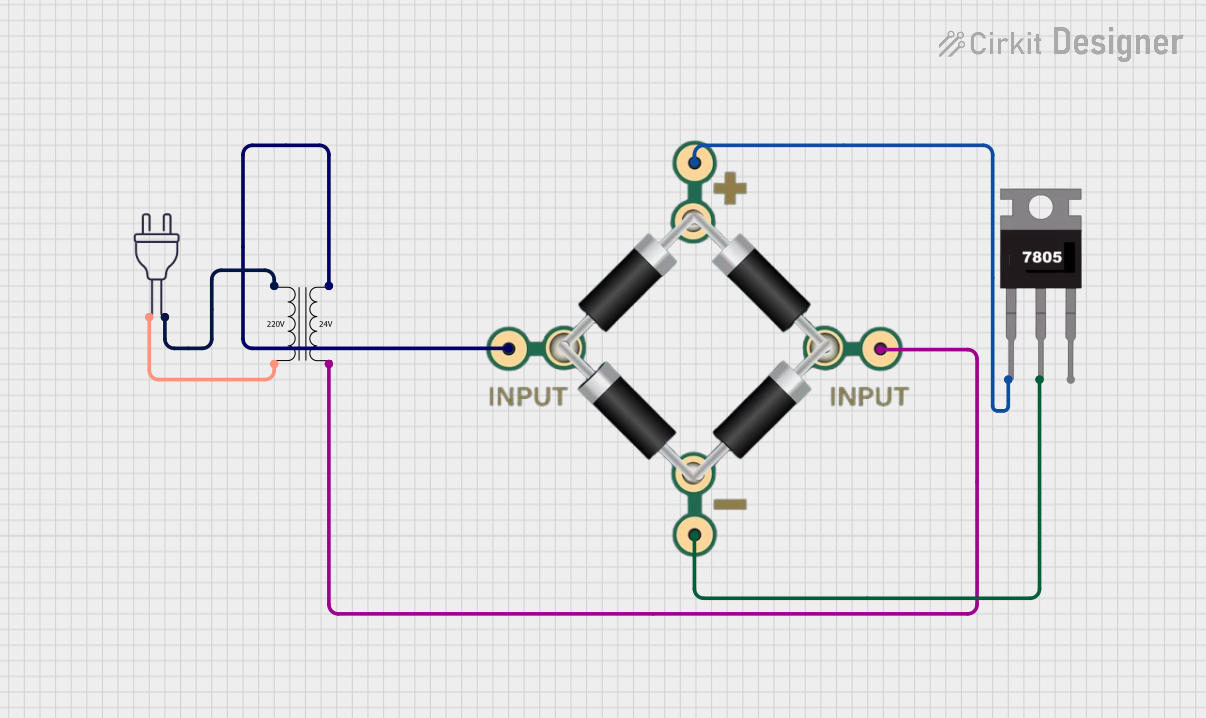
 Open Project in Cirkit Designer
Open Project in Cirkit DesignerExplore Projects Built with 5V, 5.5A Step-Down Voltage Regulator D36V50F5

 Open Project in Cirkit Designer
Open Project in Cirkit Designer
 Open Project in Cirkit Designer
Open Project in Cirkit Designer
 Open Project in Cirkit Designer
Open Project in Cirkit Designer
 Open Project in Cirkit Designer
Open Project in Cirkit DesignerTechnical Specifications
Key Technical Details
- Input Voltage: 6V to 50V
- Output Voltage: 5V ±4%
- Output Current: Up to 5.5A
- Efficiency: 80-95% typical depending on input voltage, output voltage, and load
- Switching Frequency: ~400kHz
- Quiescent Current: <10mA
Pin Configuration and Descriptions
| Pin Number | Name | Description |
|---|---|---|
| 1 | VIN | Input voltage (6V to 50V) |
| 2 | GND | Ground connection |
| 3 | VOUT | Regulated output voltage (5V) |
| 4 | EN | Enable pin (driven high to enable, low to disable) |
| 5 | FB | Feedback pin (internally connected, not for external use) |
Usage Instructions
Integration into a Circuit
Power Connections:
- Connect the source voltage (6V to 50V) to the VIN pin.
- Connect the ground from the source to the GND pin.
- The regulated 5V output can be drawn from the VOUT pin.
Enable Pin:
- To enable the regulator, the EN pin can be left floating or connected to a logic high signal.
- To disable the regulator, connect the EN pin to a logic low signal.
Heat Management:
- Ensure adequate cooling for the regulator when drawing high currents.
- Mount on a heat sink or ensure sufficient airflow if necessary.
Capacitor Recommendations:
- It is recommended to use a low-ESR electrolytic or ceramic capacitor on the input and output for stability.
- Typical values are 22µF to 47µF for the input and 10µF to 22µF for the output.
Best Practices
- Avoid exceeding the maximum input voltage to prevent damage to the regulator.
- Do not draw more than the maximum output current of 5.5A.
- Ensure that the power source can supply sufficient current for the application.
- Use short, thick wires for the power connections to minimize voltage drops and improve efficiency.
Troubleshooting and FAQs
Common Issues
Output Voltage is Too Low or Unstable:
- Check if the input voltage is within the specified range.
- Ensure that the input and output capacitors are of adequate value and quality.
- Verify that the regulator is not overheating due to excessive current draw.
Regulator Does Not Power On:
- Confirm that the EN pin is receiving a high signal or is left floating.
- Check for proper soldering and connections on all pins.
FAQs
Q: Can I use this regulator to power an Arduino UNO?
- A: Yes, the Arduino UNO can be powered with 5V, and this regulator is suitable for that purpose.
Q: What happens if I exceed the maximum input voltage?
- A: Exceeding the maximum input voltage can permanently damage the regulator.
Q: Is it necessary to use capacitors with the regulator?
- A: While the regulator may work without them, it is strongly recommended to use capacitors for stable operation.
Example Arduino UNO Connection
// No specific code is required for using the D36V50F5 with an Arduino UNO.
// Simply connect the 5V output from the regulator to the 5V pin on the Arduino,
// and connect the grounds together.
void setup() {
// Initialize digital pin LED_BUILTIN as an output.
pinMode(LED_BUILTIN, OUTPUT);
}
void loop() {
// Turn the LED on (HIGH is the voltage level)
digitalWrite(LED_BUILTIN, HIGH);
// Wait for a second
delay(1000);
// Turn the LED off by making the voltage LOW
digitalWrite(LED_BUILTIN, LOW);
// Wait for a second
delay(1000);
}
Note: The above code is a simple blink program to demonstrate the Arduino UNO running on power supplied by the D36V50F5 voltage regulator. Ensure that the regulator's output does not exceed the Arduino's maximum voltage and current ratings.